-
Courses

Courses
Choosing a course is one of the most important decisions you'll ever make! View our courses and see what our students and lecturers have to say about the courses you are interested in at the links below.
-
University Life
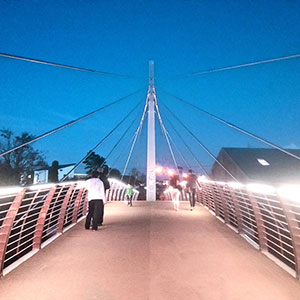
University Life
Each year more than 4,000 choose University of Galway as their University of choice. Find out what life at University of Galway is all about here.
-
About University of Galway
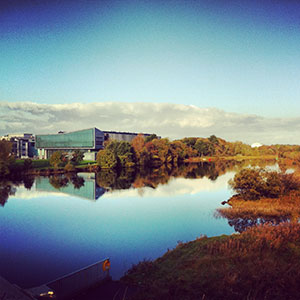
About University of Galway
Since 1845, University of Galway has been sharing the highest quality teaching and research with Ireland and the world. Find out what makes our University so special – from our distinguished history to the latest news and campus developments.
-
Colleges & Schools
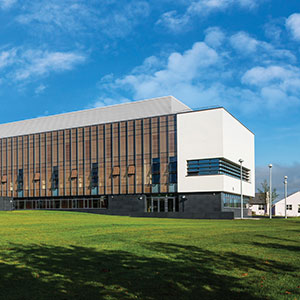
Colleges & Schools
University of Galway has earned international recognition as a research-led university with a commitment to top quality teaching across a range of key areas of expertise.
-
Research & Innovation
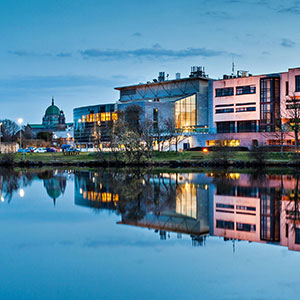
Research & Innovation
University of Galway’s vibrant research community take on some of the most pressing challenges of our times.
-
Business & Industry
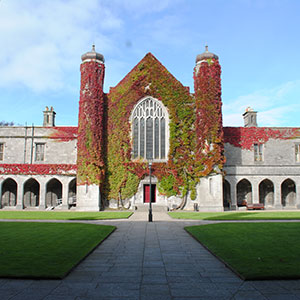
Guiding Breakthrough Research at University of Galway
We explore and facilitate commercial opportunities for the research community at University of Galway, as well as facilitating industry partnership.
-
Alumni & Friends
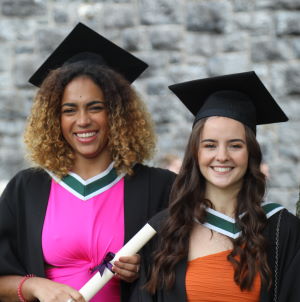
Alumni & Friends
There are 128,000 University of Galway alumni worldwide. Stay connected to your alumni community! Join our social networks and update your details online.
-
Community Engagement
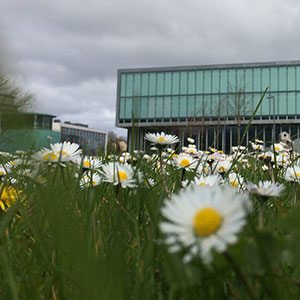
Community Engagement
At University of Galway, we believe that the best learning takes place when you apply what you learn in a real world context. That's why many of our courses include work placements or community projects.
February Study reveals extent of ecological damage from Niger Delta oil spills
Study reveals extent of ecological damage from Niger Delta oil spills
Scientists go from science fiction to science fact to analyse scale of devastation to mangroves using satellite imagery, AI and healthcare techniques
An international research team led by University of Galway has used earth observation radar data to map oil pipeline networks covering a 9000 km2 region in the Niger Delta and pinpoint where crude oil spills have caused the most acute damage to the delicate mangrove ecosystem.
The Niger Delta hosts the second largest petroleum reserves in Africa, with the Nigerian economy heavily dependent on the industry.
But since the extraction and processing of oil started in the 1950s, the level of pollution is estimated to be equivalent to more than 13 million barrels of crude oil, causing enormous damage to the environment and posing severe health threats to the people who live in the region.
The Niger Delta is one of the most ecologically diverse regions on Earth and home to almost 30 million people from more than 40 ethnic groups. The vast majority of them depend on farming and fishing for their livelihoods and food security, as well as their cultural identity and well-being.
The study was led by researchers from the Ryan Institute at University of Galway, in collaboration with the University of Ilorin in Nigeria. It was funded through Taighde Éireann - Research Ireland’s Artificial Intelligence for Societal Good Challenge Future Innovator Prize, which was awarded to the University of Galway team in 2021.
The findings of the study were published in the journal Remote Sensing.
The researchers used earth observational data from satellites, AI technology and imaging more commonly applied to assessing cardiovascular health to anaylse the direct impact of oil pollution on the region.
The researchers determined the mortality rate of the mangrove forests over the period 2016-2024 to be 5,644 hectares a year - the equivalent of 17 Central Park Forest areas being lost per year or 28 GAA pitches every day.
The data analysis allowed the research team to highlight specific locations in the vast pipeline network which are in need of immediate intervention and restoration. It also allowed the research team to identify several new pipeline sites north of the coastal town of Bille showing evidence of significant oil spill damage that have yet to be formally reported.
The lead author of the study, Jemima O’Farrell, Ryan Institute and School of Natural Sciences, University of Galway, said: "As a recent Physics graduate, it was exciting to work at the intersection of medical imaging, earth observation and AI to develop a new way of mapping and assessing pipeline networks. Seeing our approach independently corroborate reported spill events, and even detect unreported ones, was incredibly gratifying. I hope this technology can help advocate for the affected communities and that more earth observation-derived insights will be integrated with policy and environmental protection in the near future."
The Niger Delta in Nigeria is a vast, complex, estuarine environment that hosts the largest mangrove forest on the African continent and is the world’s third-largest wetland. These forests are of enormous ecological and biodiverse significance and actively sequester substantial quantities of atmospheric carbon dioxide.
Monitoring the oil pipeline network and the vitality of the surrounding Delta across such a vast region is extremely difficult, with associated under-reporting and after-the-fact assessments being the norm. The focus in relation to pollution has been more on “total oil” loss, rather than linking the losses to ecosystem damage.
The team deployed a combination of data to analyse the impact on the mangrove, including a form of radar used to create two-dimensional images or three-dimensional reconstructions of objects using imagery recorded by the European Commission's Sentinel-1 earth observation satellites. The data was recorded every week since 2016, and, critically, the technology guarantees almost perfect viewing conditions every pass, regardless of the near-constant cloud cover.
Co-author of the study, Dr Abosede Omowumi Babatunde, Professor of Peace and Conflict Studies at the University of Ilorin, Nigeria said: "The findings of our work will help affected local communities to better understand the magnitude of oil spills and have comprehensive insights into the oil-induced damage to the mangroves. This delicate ecosystem sustains their traditional farming and fishing activities. Our research will also empower them to independently hold the authorities and petroleum producers to account.
“It can also help those communities to reflect on the adverse consequences of their own actions such as pipeline vandalism, and illegal and artisanal bunkering, in terms of their own health, the environment, its resources and sustainability. This knowledge will also help local NGOs to design relevant intervention programmes that can address the impacts and mitigate rising oil spill incidents."
Dr Aaron Golden, Ryan Institute and Associate Professor of the School of Natural Sciences, University of Galway and project Principal Investigator, said: "This project demonstrates the phenomenal power of interdisciplinary research to overcome the hardest of societal challenges. Taking ideas in radiomics and cardiovascular imaging and refactoring them for an utterly different biophysical context such as the Niger Delta basically revolutionises our ability to map and fully monitor both oil pipeline integrity but also the mangrove ecosystem. We're going from science fiction to science fact here, which is incredible. We're grateful for having had the opportunity to do this work.”
Ends















